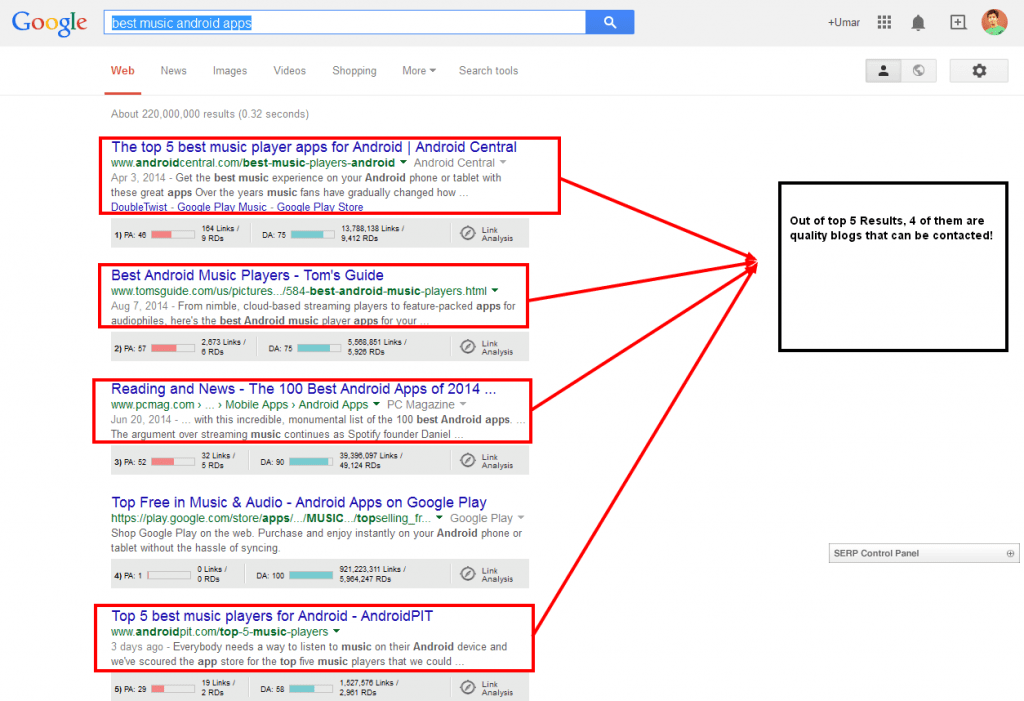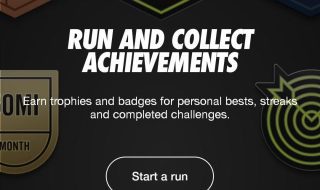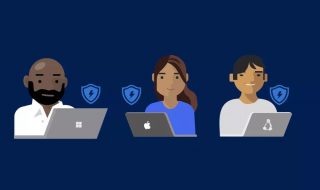
It is estimated that 2.32 billion people around the world have a smartphone. That number is expected to increase to 2.87 billion by 2020. The world’s first smartphone was IBM’s Simon, released 15 years before the iPhone, it cost $899 (which is about $1,435 relative to inflation), and it could not only make calls but also send emails, faxes, and pages. It came with a stylus, and for 1992, it was quite impressive. However, modern smartphones now have more computing power than NASA used to send two men to the moon in 1969. They are a part of everyday life now and their popularity is in no small part down to just how convenient they are. They can hook you up with a date or a job within a couple of hours, as well as let you get a ride just about anywhere. You can take photos and send them instantaneously to the other side of the planet while following the stock market and reading a number of books. That is not to mention the fact that you can carry around with you thousands of songs and podcasts.
The number of different apps available now is astounding: in Google Play, there is an estimated 2.8 million while Apple’s App Store can boast a cool 2.2 million of its own. The possibilities are endless, not just in terms of innovation, design, and creativity, but apps are big business too. As a point of reference, nine days after it became available, Niantic Inc.’s Pokemon Go app had grossed just over $1.6 million. Of course, these figures are tempered by the fact that while it was immensely popular for a few weeks, the attention that it got soon began to wane. However, games like Angry Birds were so popular that it became a Hollywood feature film which made nearly $350 million worldwide.
Let’s break it down.
Here are some things you can do if you have a good app idea:
- Do your research. Before you do anything else, it’s important to do your research and make sure there is a market for your app idea. You can do this by conducting surveys, talking to potential users, and analyzing similar apps in the market.
- Create a prototype. Once you’ve done your research and you’re confident in your app idea, it’s time to create a prototype. This doesn’t have to be anything fancy, but it should give you a good idea of how the app will work and what features it will have.
- Get feedback. Once you have a prototype, it’s important to get feedback from potential users. This will help you identify any areas that need improvement and make sure your app is something that people actually want to use.
- Develop your app. Once you’ve gotten feedback and made any necessary changes, it’s time to start developing your app. This is where you’ll bring your app to life and make it available to users.
- Market your app. Once your app is developed, it’s time to market it and get the word out. This can be done through social media, online advertising, and other marketing channels.
It’s important to note that developing an app is a lot of work. It takes time, effort, and money to bring an app to market. That is why we dive deeper into those last two points in this article.
But if you have a great app idea and you’re willing to put in the work, it can be a very rewarding experience. So let’s get started!
Develop Your App Idea

Android From Scratch: Building Your First Android Application
If you have a great idea for an app, why not develop it? You may be hesitant because as lucrative as apps can be, the fact is that most will not be that successful at all. Of the over 2 million apps in the App Store, only a handful are going to make money for their developers. However, you can make a career out of app development, a fact demonstrated by just how much money and resources some companies pour into the industry. The first thing that you should do is consider exactly what sort of app you would like to build. An app is so versatile, and it was this benefit that Apple was playing on when they ran their now famous advert ‘There’s An App For That’. They were not wrong. While games are a good opportunity, they have their downsides too. If they do not hold the customer’s attention for all that long, you will not make much money. The great thing about more practical, useful apps is that people tend to keep them. An app that counts your steps, for instance, will be useful to you for more than just the duration of a long flight. If a game is addictive, you have a better chance of seriously monetizing the app, but otherwise, something practical may be a better bet. In either case, simplicity is key. The user interface of your app should not need to be explained because the user should know how it works from the first time that they see it. Just as in every other aspect of business, the things that are successful are those for which people feel a need. Anticipating and fulfilling that need is your basic business plan. However, there is no way of really finding out how well an app will do unless you actually make it. Market research is good to a point. Beyond that, actual experience is what you need.

A 10 day program to create your first Android app
If you are confident that you have a good idea and that people will want to use your app, you have to start the sometimes difficult process of actually coding it. For this, you will need to a learn a language like Python or Ruby. Most apps will also need a database which necessitates that you learn another language such as SQL. If you are interested in games in particular, Lua is a good programming language to learn. Actually writing the app will be a long, arduous process that requires a great deal of attention to detail and patience. However, once it is done, you cannot just submit it to Apple and wait for your money to roll in; you will need to seek approval first (a process which became a lot quicker last summer). Before you think about publishing it though, you should consider seeing how it works in real life with real people. Mobile application exploratory testing covers the discipline of finding out exactly how your app works. Scripted or automated testing is good but it will only find problems that the script was designed to anticipate. If you do not know exactly where the problems will arise, you cannot write a program that will find them.
Get Your App Idea Out There

33 Creative Ways to Promote Your App for Free (No. 14 is great!)
Considering the number of apps out there already, you may want to think about investing in some marketing. While some companies have the resources to place ads all over the web so that they can target their audience demographic, that is not an option for everyone. The beauty of the internet is that people with similar interests will organize themselves into groups. For instance, people who like jogging may congregate at a health and fitness forum to talk about their passion. If you have developed a cool new app that will help them track their performance and improve it in the future, you can advertise it to that particular group. Cookies can allow you to target certain people as well.
Lastly, do not do all of this hard work and then fail at the final stage. Spend time making your App Store page look good. Write a convincing description and record a video. Not everyone will love your app every time, but if they do not give it a chance, you will not be as successful as possible.





IBM and the Simon! My gosh what a link and story there. It’s incredible to think how far we’ve come and the progress we’ve made. The ability to make something and have it go global is immense and shouldn’t be underestimated. Great post as usual!